
My experience with the knuckleball guys in the major leagues gave me firsthand knowledge of the misery of trying to hit it.
With all the emphasis on throwing harder these days, more youth pitchers are having arm problems. A knuckleball revolution at the youth levels is one solution, as the knuckleball pitch is not dependent on speed. Of course, control does matter, and the problem lies with my revolution theory.
I realize it is hard enough for adult pitchers to throw the baffling pitch, let alone youth. However, I would hate to see the knuckleball disappear, at least now that my playing day is long past. I would love to see Toronto Blue Jay pitcher RA Dickey open knuckleball schools for youth. His story and experience would give the academies immediate credibility. Arms and fingers would remain healthier without all the pressure and the insistence on throwing harder. Kids who will never throw 90 miles per hour would have a big-league chance again.
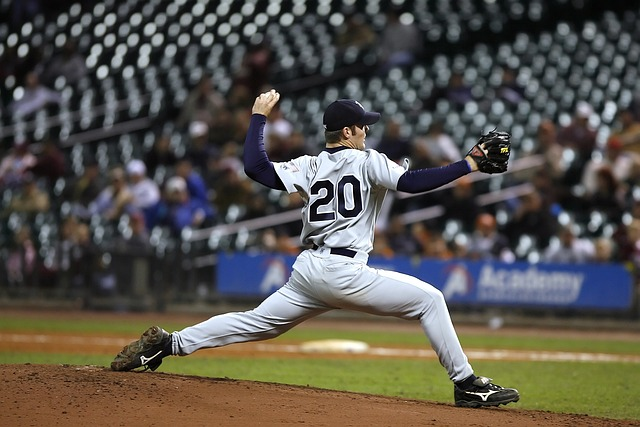
When I played major league baseball, I relished facing some of my day's hard throwers. There were way too many to mention, but fast was not as big a deterrent to confidence. Nasty-breaking balls and split finger fastballs were hard to hit, but they still had some predictability. But trying to square up against someone that knew how to throw a knuckle pitch was an experience like no other. I did not enjoy, nor did many of my teammates, facing pitchers like Charlie Hough and Phil Niekro, the "knuckleballers." To see balls jump every which way was hard enough, let alone trying to square it up on the bat. Older-generation baseball fans like me probably remember the movie, It Happens Every Spring. (Check out our full list of the Best Baseball Movies for Kids for a better option for younger fans.) It was one of my favorites as a kid. For those unaware of the film, a scientist discovered a ball allergic to wood. The second the bat was to make contact with the ball, the ball would jump over or under the bat.
Hitting a knuckleball is the same experience. Swing there, no, it's over there. Swing over there, no, it just moved in a way that defies logic. After swinging and missing it, one could only shake their head in wonder. At least I did. The joke when I played in the big leagues was that a player could be on fire one day and fall into a major slump after facing the fluttering knuckleball pitch.
My second experience produced similar bewilderment and the reason more kids should try to throw the ridiculous pitch. It involved a game I coached my son's team at the 13-year-old level. My team had our big ace pitcher on the mound in a semi-final game in a big national tournament game. Our opponent from South Carolina had a diminutive pitcher on the mound. As our team licked its chops, we knew the game was in the bag before it began. We immediately made plans to pitch our ace a few innings and then get him out of the game with a good lead. We would save him for the championship tilt.
Uh Oh! You guessed it from the title of this article. Their pint-size pitcher threw a knuckleball, which our team had never seen before. Even if we had, it would probably not have mattered much. When throw knuckleballs and the the ball moves and dances like it do, nobody hits it well. The batter can only hope is to get enough walks to get some runs to push it across. We were shut out with a hit or two. The best-laid plans of men are laid low by the dreaded jumping bean.
Read More on How to Get out of a Hitting Slump
It's a shame that the other type of pitch might disappear for a while, except for a few upcoming knuckleball pitchers like RA Dickey and Steven Wright. A recent documentary called Knuckleball featuring Tim Wakefield and RA Dickey is a great resource for learning how to throw the knuckleball. The fraternity of successful knuckleball pitchers is small, comparable to the 600-home run club. Wilbur Wood is a famous member who once pitched both games of a doubleheader, which shows the less strain on the arm from throwing the knuckleball.
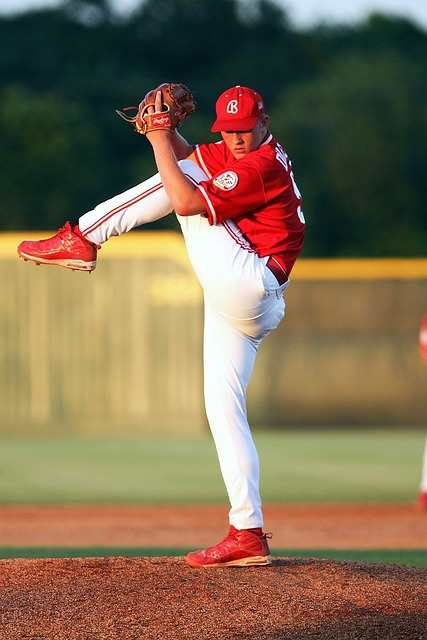
Most kids will never grow up to throw 90 miles per hour, so their only chance of pitching beyond high school is learning how to throw the knuckleball pitch or some other pitch, which can be effective at much slower speeds.
The only pitchers who turn to the pitch are the professional pitchers who have realized their standard pitches won't cut it at the highest level. Even though it's hard to control, it is surprising that more youth players and coaches do not try it.
I have limited knowledge of how to throw the knuckleball, and the grip alone is brutal. The grip begins with digging one's fingernails into the ball. I guess calling it made more sense than the "fingernail ball." That alone takes much speed off the pitch. Then, attempting to get it over the plate with speed is the trick. Judging by most who give up trying and the very few who have ever perfected it, it's almost a difficult task.
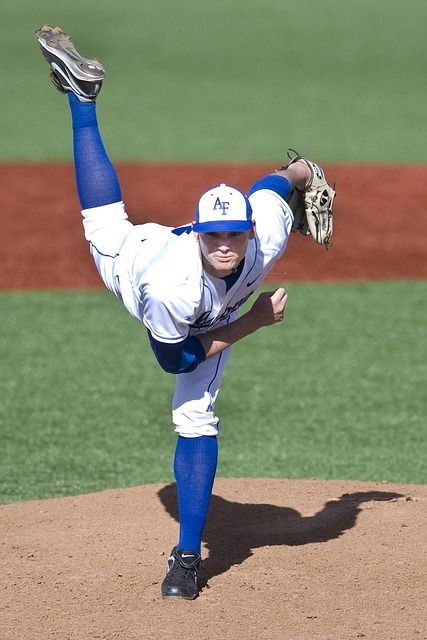
Baseball is a sport that requires a lot of skill and strategy, and one of the most challenging pitches to master is the knuckleball. Knuckleball pitchers have been known to confound batters with their unpredictable and erratic pitches. In this post, we'll cover the mechanics of the knuckleball, how to grip and release the baseball, drills to improve your knuckleball, and common mistakes to avoid. We'll also discuss some of the greatest knuckleball pitchers in MLB history.
To understand how to toss a knuckleball, it's important to know its unique mechanics. A knuckleball is thrown with as little spin as possible, making it move in a wobbly and erratic manner. Unlike other pitches, the knuckleball is thrown with a slower speed, allowing the ball to move more unpredictably. One of the main factors in a successful knuckleball is the grip.
The grip of pitcher throws a knuckleball is what allows it to move so unpredictably. To grip the ball, pitchers use their fingertips to lightly grip the seams of the baseball. It's important to keep the fingertips spread apart to keep the ball from spinning. To ensure the ball's steady spin or lack of spin, pitchers should avoid gripping the ball too tightly, as this will cause the ball to spin more.
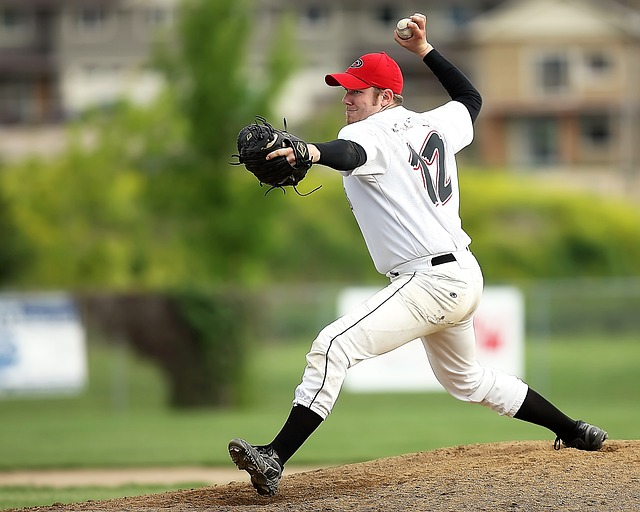
As mentioned, the grip is critical to a good knuckleball. The most common grip is to place the fingertips of the throwing hand lightly on the seams of the ball. This allows for the least amount of friction between the other three knuckle grip, fingers, and the ball, reducing spin. The thumb should be placed lightly on the bottom of the ball. The key is to use as little pressure as possible, which will allow the ball to move unpredictably.
Another grip that some pitchers use is the “spike four knuckle grip.” This grip involves digging the nails of ring fingers, the index and middle fingers and ring finger into the horseshoe seam of the ball. This creates more resistance and makes the ball even more difficult to hit. However, this grip can be more challenging to master and may cause the ball to spin more if not executed properly.
The release of a knuckleball pitch is another critical component. Pitchers should release the ball with a flick of the wrist, rather than a full arm motion. The goal is to achieve a smooth and fluid release, which will reduce the amount of spin on the ball and minimize spin itself. If the ball is released with too much spin, it will not move erratically. A good way to practice the release with a throwing partner is to focus on keeping the wrist relaxed and flexible.
Practicing your knuckleball pitch is essential for developing your skills. One effective drill is to throw the ball against a wall or a target. This will help you achieve the right grip and the release point of the ball. Another useful drill is to practice throwing the knuckleball from different angles and distances, which will help you adjust to different game situations.
In addition, pitchers can use a radar gun to monitor the speed and movement of their knuckleball. This can help identify any flaws in their knuckleball grips, grip or release, and provide a benchmark for progress.
One common mistake pitchers make when attempting a knuckleball is gripping the ball too tightly with the middle finger and let the finger tip of the ball slip. This can cause the ball to spin, which will not produce the desired movement. Another mistake is not releasing the ball smoothly and fluidly. This can also cause less movement and the ball to spin and not move erratically off the pinky finger.
It's also important for pitchers to remember to find their stability point to stay relaxed and not get too tense or anxious when throwing a knuckleball. The more relaxed and loose the pitcher is, the better the baseball will move around the strike zone.
Over the years, there have been some great knuckleball pitchers in MLB history. One of the most famous knuckleball pitchers is Phil Niekro, who played for the Atlanta Braves and New York Yankees. Niekro had a long and successful career, winning 318 games and earning induction into the Baseball Hall of Fame in 1997.
Another great knuckleball pitcher is Tim Wakefield, who played for the Boston Red Sox and Pittsburgh Pirates. Wakefield's knuckleball was known for its incredible movement and unpredictability. He won 200 games in his career and helped lead the Red Sox to two World Series championships.
Other notable knuckleball pitchers include Charlie Hough, who pitched for the Texas Rangers and Florida Marlins, and R.A. Dickey, who played for the New York Mets and Toronto Blue Jays. Both Hough and Dickey had successful careers, with Hough winning 216 games and Dickey winning a Cy Young award in 2012.
Conclusion:
The knuckleball pitch is one of the most unique and challenging pitches in baseball. It requires a lot of practice and patience to master, but the rewards can be tremendous. Whether you're a pitcher looking to add a new weapon to your arsenal or simply a fan of the game, learning how to throw a knuckleball can be a fun and rewarding experience. With the right grip, release, and practice, you too can become a successful knuckleball pitcher, joining the ranks of the greats in MLB history.
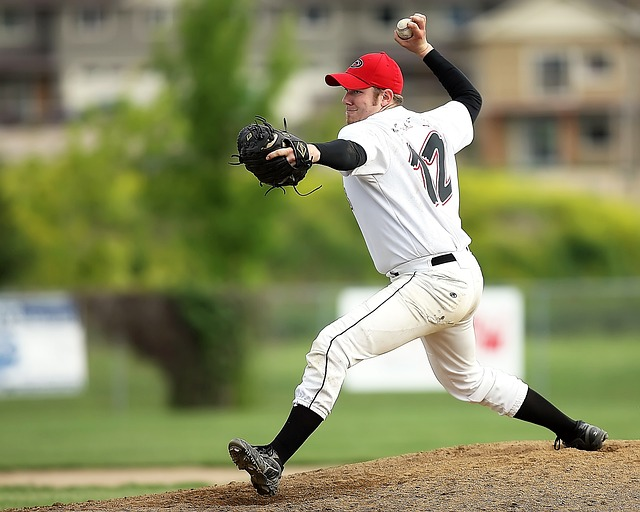
Yes, knuckleballs are generally considered to be difficult to throw consistently. A knuckleball is a type of pitch in baseball that is thrown with minimal spin, which causes the ball to move erratically and unpredictably as it travels towards the batter.
To throw a knuckleball, a pitcher must hold the ball with their fingertips, rather than their fingers or palm, and release it with a pushing motion that imparts as little spin as possible. This requires a great deal of skill and practice, as even a slight amount of spin can cause the ball to curve or drop in an unexpected way.
Compared to other types of pitches that require a lot of arm speed and torque, the knuckleball is generally considered to be less stressful on a pitcher's arm. This is because the grip and throwing motion for a knuckleball do not require as much force or strain on the arm and shoulder as other pitches, such as fastballs or curveballs.
The grip for a knuckleball is quite unique compared to other pitches in baseball. To throw a knuckleball, a pitcher grips the ball with their fingertips, rather than using their fingers or palm to apply pressure on the ball.
The basic grip for a knuckleball involves placing the tips of the index and middle fingers along the seams of the baseball, with the fingernails touching the surface of the ball. The remaining fingers are then spread apart to provide stability and support to the ball as it is released.
Some pitchers may slightly adjust their grip, depending on their personal preference or the specific knuckleball grip they have learned. For example, some pitchers may slightly offset their fingers on the seams or use the thumb to provide additional support.
A knuckleball is hard to hit for a few reasons. One is that it is thrown with very little spin, which causes the ball to move in unpredictable ways as it travels towards the batter. This makes it difficult for batters to track the trajectory of the ball and make solid contact with it.
Additionally, because a knuckleball travels at a much slower speed than other pitches, batters may have trouble adjusting their timing and swing to make contact with the ball. The ball may also appear to "float" or "dance" as it approaches the plate, further adding to the difficulty of hitting it.
Technically, anyone can attempt to throw a knuckleball. However, throwing a good knuckleball consistently requires a great deal of skill, practice, and natural ability.
Even if a pitcher is able to throw a good knuckleball, it may not be a pitch that is well-suited to their overall pitching style or strategy. Some pitchers may prefer to rely on other pitches, such as fastballs or curveballs, that better fit their strengths and weaknesses.
Hitting a knuckleball is difficult for a few reasons. First, a knuckleball is thrown with very little spin, which causes the ball to move in unpredictable ways as it travels towards the batter. This makes it challenging for the batter to track the trajectory of the ball and make solid contact with it. The slow speed of the pitch can also create the illusion that the ball is "floating" or "dancing" as it approaches the plate, further complicating the batter's ability to make contact.
After playing major league baseball, Jack Perconte has taught baseball and softball since 1988 and offered valuable coaching training too. He has helped numerous youth players reach their potential, as well as having helped parents and coaches navigate their way through the challenging world of youth sports. Jack is one of the leading authorities in the areas of youth baseball training and coaching training advice.
All Jack Perconte articles are used with copyright permission.There are 0 comments on "How to Throw a Knuckleball - Tips for Beginners (2023 Update)"
david graham says:
"With no current MLB team in Canada,..."
On With no current MLB team in
Charles Chavez says:
"To All Coaches: Do you have13U or..."
On Looking for Games
Charles Chavez says:
"To All Coaches: Do you have13U or..."
On Looking for Games